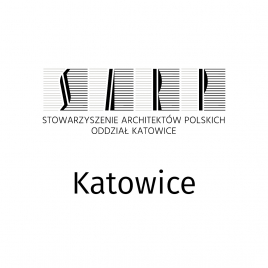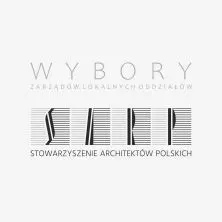Log in
Register
or
or
* fields required for registration; data can be completed in account settings after logging in
** establishment of a student account follows verification of the validity of the student ID card
Contact us
SARP Katowice Branch
"President of the branch in the 2019-2023 term: Mikolaj Machulik
Upper Silesia under the Prussian partition, remaining outside the mainstream of cultural events, lived a life of its own, built on native folk traditions, enriched over the centuries by the influence and impact of other nationalities and ethnic groups. The customs were created by the dialect preserving the Old Polish core, folk costumes, church and secular choirs, and above all the messages of faith and respect for hard, solid work. The architecture of the region, which has its roots in the magnificence of wooden buildings, especially churches and historic towns, for example, Cieszyn, Skoczow, Zory, Rybnik, Mikolow, Tarnowskie Gory, Bytom, in the beginning of our century in its basic mass was shaped by well-trained building technicians and local builders, as well as architects from Wroclaw and various regions of Germany. After the annexation of Poland, only a few architects worked in Silesia, which, by the way, had its justification in the post-war construction stagnation. The economic recovery and the slowly developing construction movement resulted in a gradual influx of engineers from other parts of Poland, mainly alumni of the Lviv Polytechnic, to the province and settling here permanently. The lack of its own union organization limited the ability of Silesian architects to influence construction decisions, the terms of announced competitions, and the criteria for evaluating and selecting works. This state of affairs was worrisome, especially since many of the decisions made at the time were considered misguided or even harmful. All this determined the establishment of the Union of Architects in Silesia. This took place on January 21, 1925, and the founders were Marian Lobodzinski, Tadeusz Lobos, Tadeusz Michejda, Aleksander Pezanski, Eugeniusz Pogoda, Henryk Szoldra and Karol Tchórzewski. The initiator and animator of the association movement, Tadeusz Michejda, born in Zaolzie, a legionnaire, participant in the struggle for Cieszyn Silesia and the Third Silesian Uprising, became the first president. The tasks and goals of the Union of Architects in Silesia were defined in the statute as follows:
- to unite the widest possible group of architects for joint work near the development of Polish art in general and architecture in particular,
- to arouse interest in art in general, to popularize it and to protect monuments,
- rational normalization of artistic, moral and material relations concerning the architectural profession.
The goals emphasized by the statute did not change until 1939, although the organization itself underwent further evolution, related to the desire to bring together all Polish architects in one organization. A stage on this path was the establishment of the Union of Associations of Polish Architects in 1929, during the General National Exhibition in Poznan, and it ended with the creation of a new organization, as of July 1, 1934, called the Association of Architects of the Republic of Poland - SARP, uniting all existing architectural organizations in Poland. The Union of Architects in Silesia, which was part of the ZSAP, was transformed into the Katowice Branch of SARP, and Tadeusz Michejda became its President, a delegate to the General Assembly of the newly formed Association and a member of its General Board. The new organization manifested considerable activity, as evidenced by its efforts to pass the Silesian Construction Act, develop its own price list for architectural works, initiate the submission of important investment projects to competition settlements, counteract arbitrariness and so-called "wild" competitions, and make efforts to integrate the creative circles of other fields of art - visual artists, writers, theatrical circles. In its decisions, the Branch maintained full autonomy and independence. The development of the organization is characterized by an increase in the number of its members. At the time of its founding, it had only 7 members, the minimum required by law. A year later it already had 15 members, in 1930 - 25 members, in 1935 - 26 members, and by the end of the 1930s - more than 40 people.
The outbreak of World War II interrupted the period of creative activity of architects and their Association. With the Nazi occupation came repression and displacement of Poles, including architects. Those who were mobilized took part in the defensive war, some found themselves in exile, while the majority, scattered throughout the General Government, struggled to survive, imitating various gainful occupations. After the war ended, a significant number of architects returned to Silesia, took up professional work and led to the reactivation of the Katowice Branch of SARP.
The restoration of the traditional forms of professional organization was a return to normality and had the character of formal rather than substantive activities. This was accomplished by the pre-war activists of the Katowice Branch of SARP by establishing communication with the Main Board in Warsaw, registering with the Artistic Commission of Associations and Societies existing at the District Commission of Associations of the Silesia-Dabrowa Province, holding a general meeting of members, electing a new board of directors and beginning the official activities of the Branch at the beginning of 1947.
The Katowice Branch is currently one of the association's 25 branches. It covers the area of the former Katowice province. It cooperates closely with the SARP branches in Bielsko-Biała and Częstochowa. It is one of the larger branches in the country - it has about 450 members, which is the vast majority of active architects in the region."
Architektura & Biznes – articles
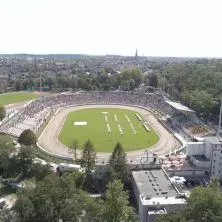
Competition for the development of an urban planning and architectural concept for the reconstruction and expansion of the municipal stadium in Rybnik
Current contests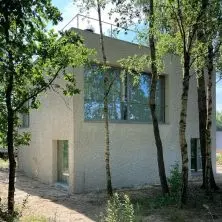
Great prize for a small building—a house in the Jamna Valley with the Grand Prix of Architecture of the Year of the Silesian Province!
News | Competitions | One-family houses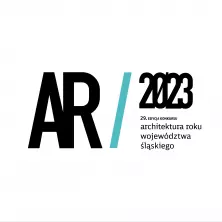
No Grand Prix and multifamily housing. Winners in the Architecture of the Year competition of the Silesian Province.
Kindergarten | Culture | Museums and galleries | Residential | One-family houses | News | Competitions | Publicity | Public spaces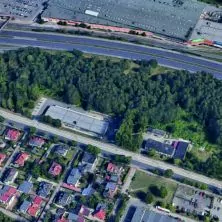
Competition for the design of the headquarters of prosecutors' offices of various levels in Katowice
Competitions






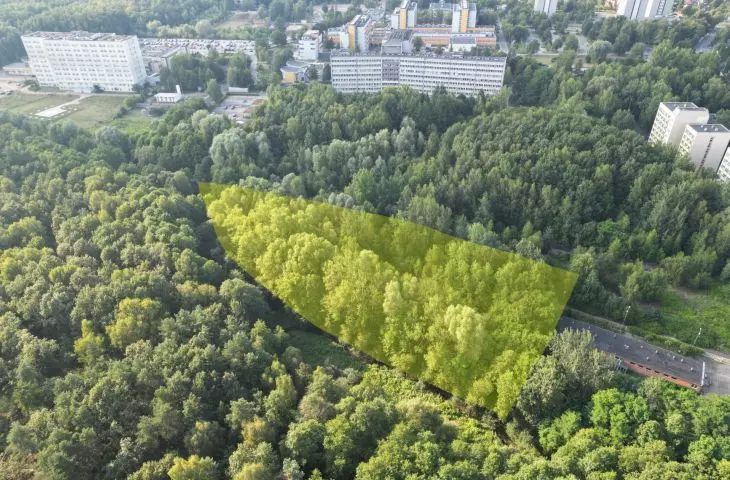

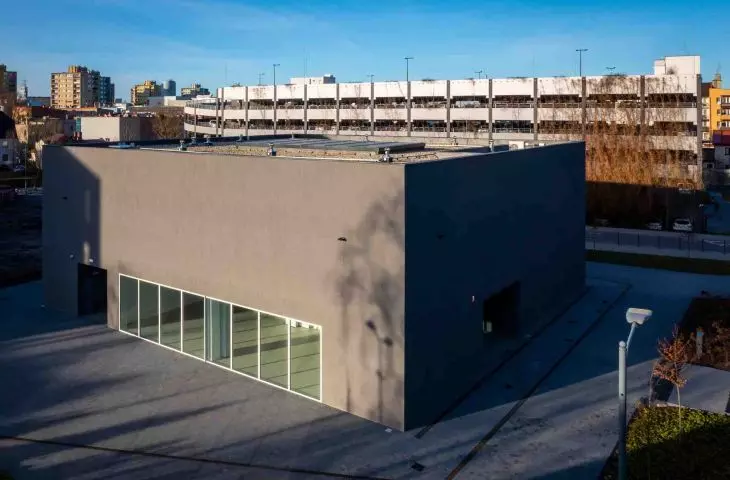
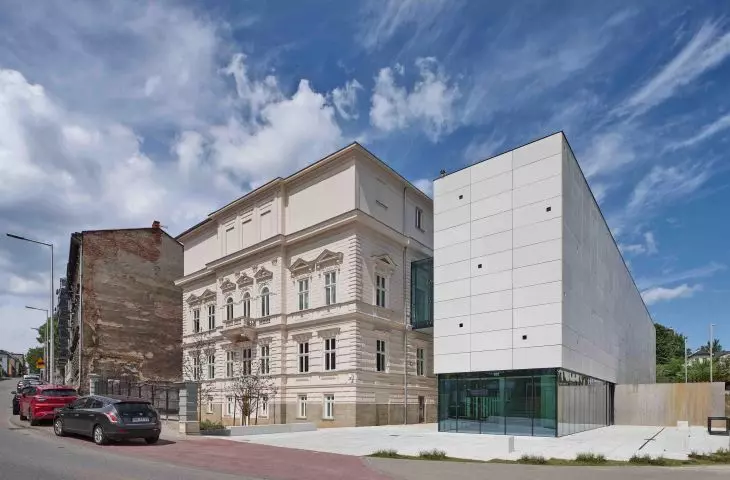
![SARP branch presidents and presidents in the 2024-2028 term [updated article].](https://cdn.architekturaibiznes.pl/upload/cms_aktualnosci/33097/images/kadr12/fit/730x480/prezesi-i-prezeski-oddzialow-sarp-w-kadencji-402375.jpg)
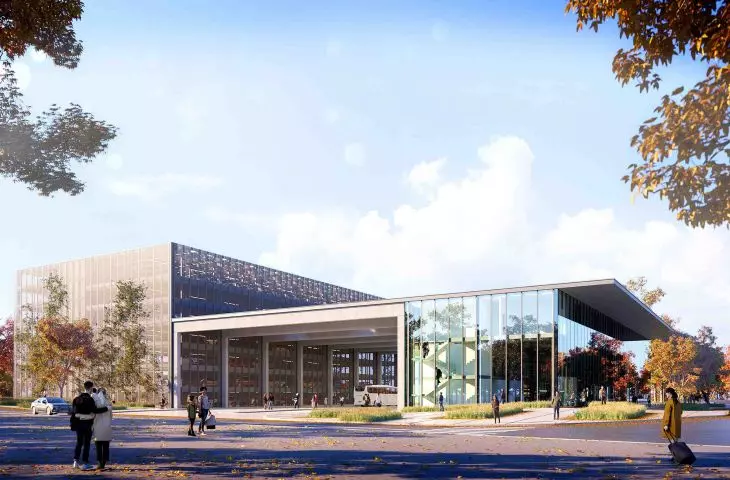
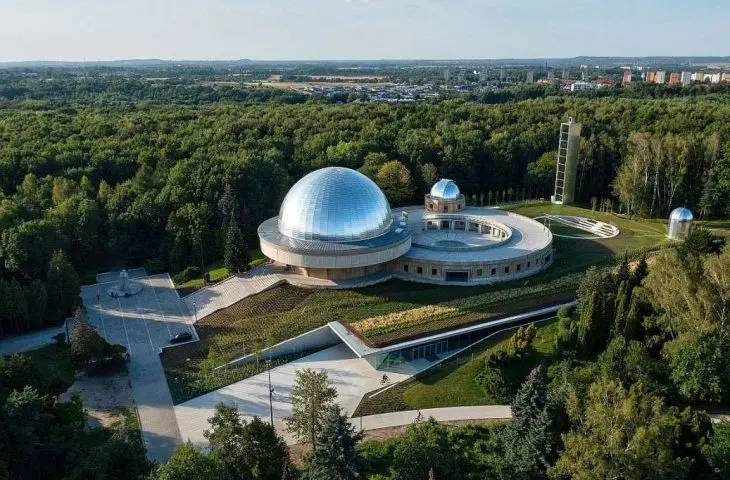

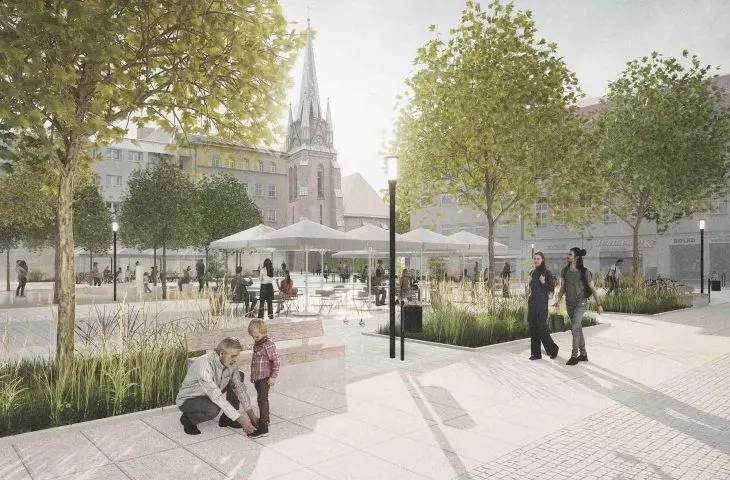
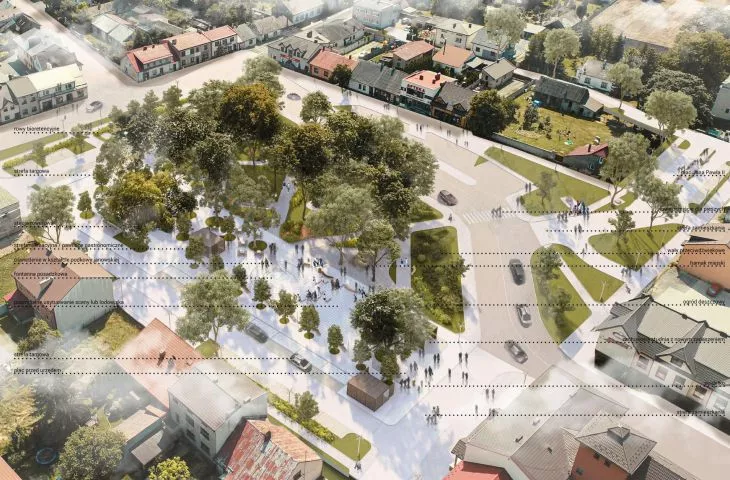
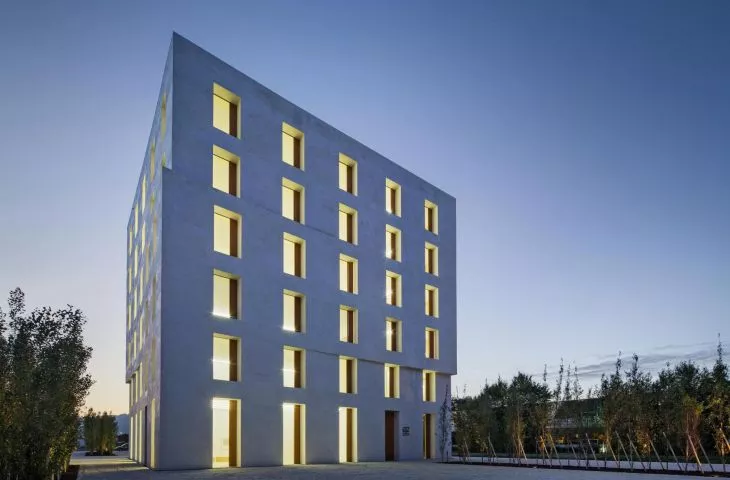

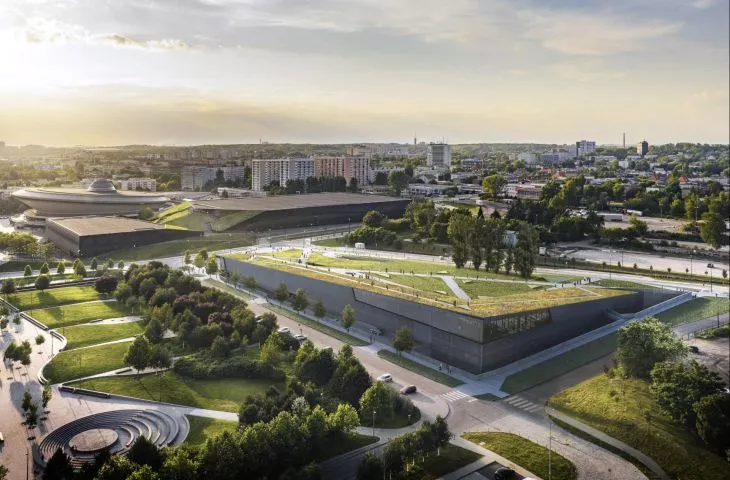
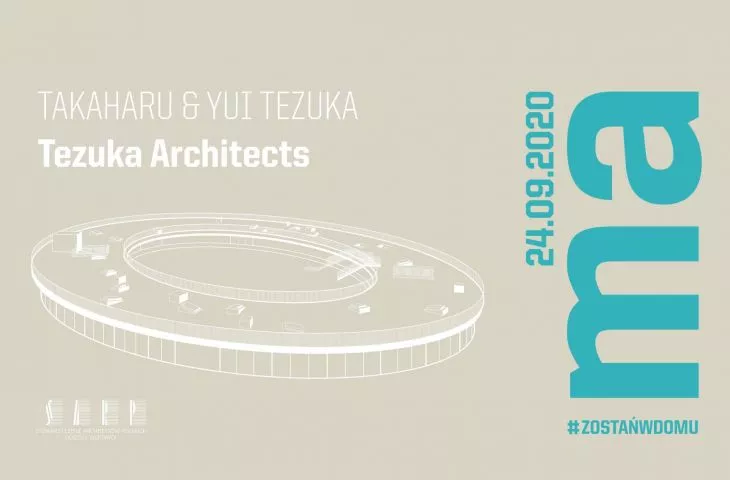

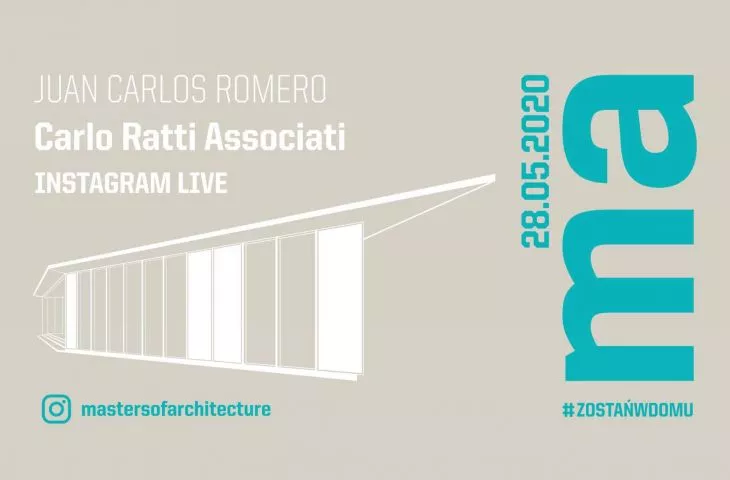
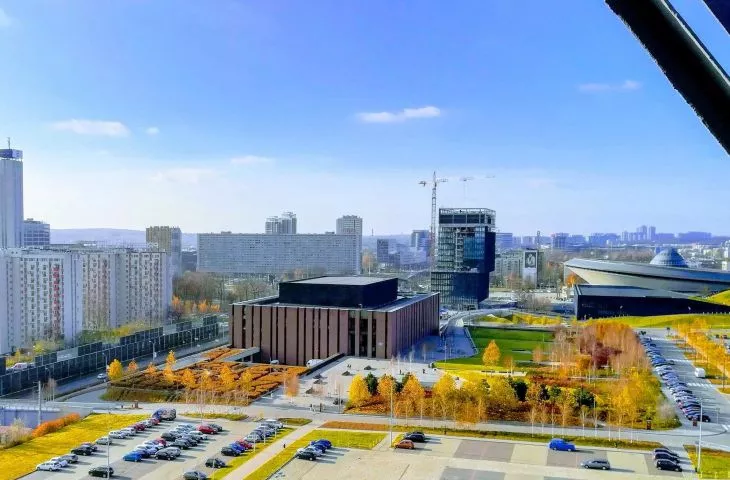


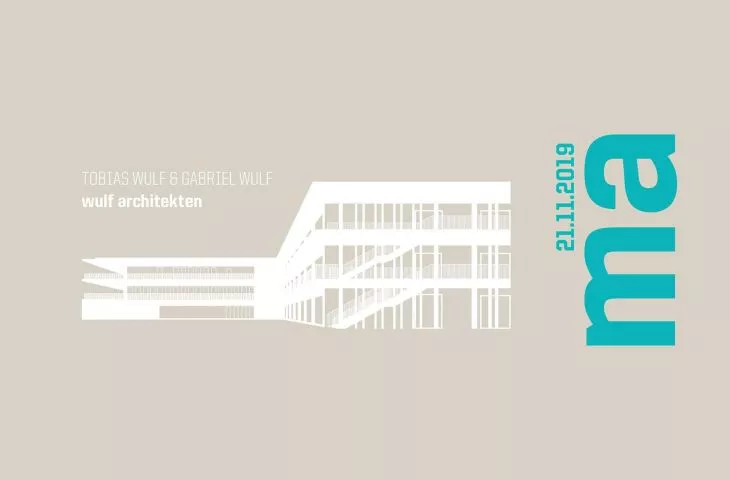
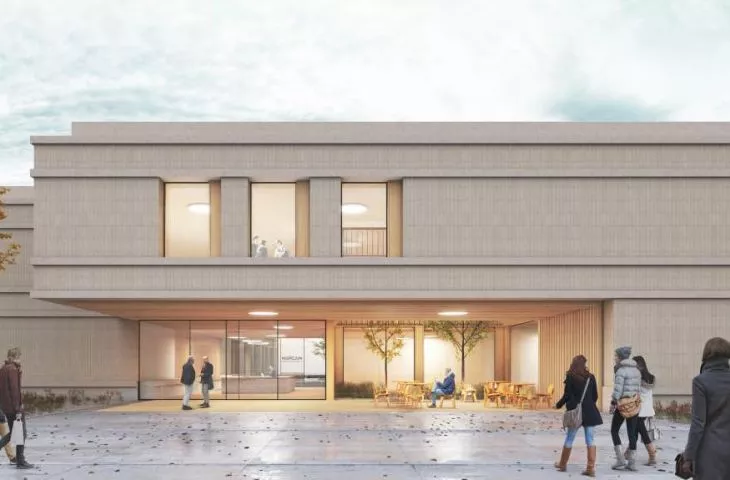
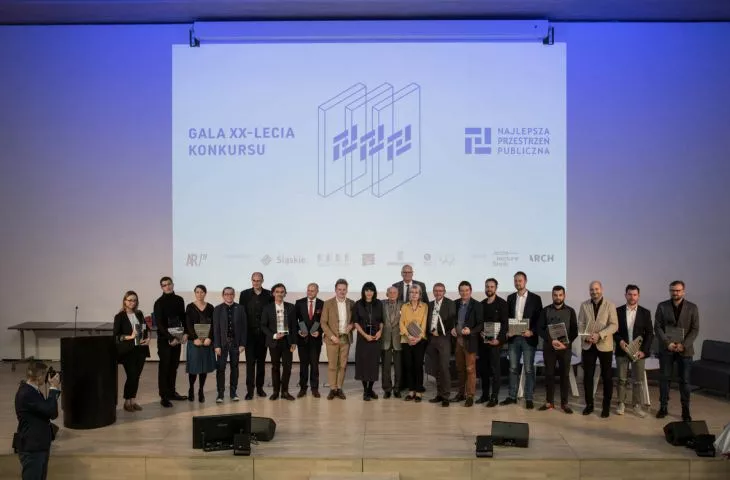
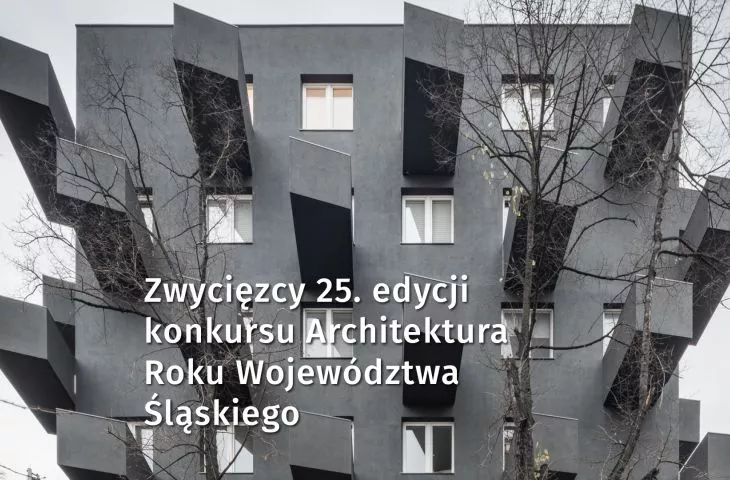






![SARP branch presidents and presidents in the 2024-2028 term [updated article].](https://cdn.architekturaibiznes.pl/upload/cms_aktualnosci/33097/images/kadr30/fit/500x500/prezesi-i-prezeski-oddzialow-sarp-w-kadencji-402375.jpg)
